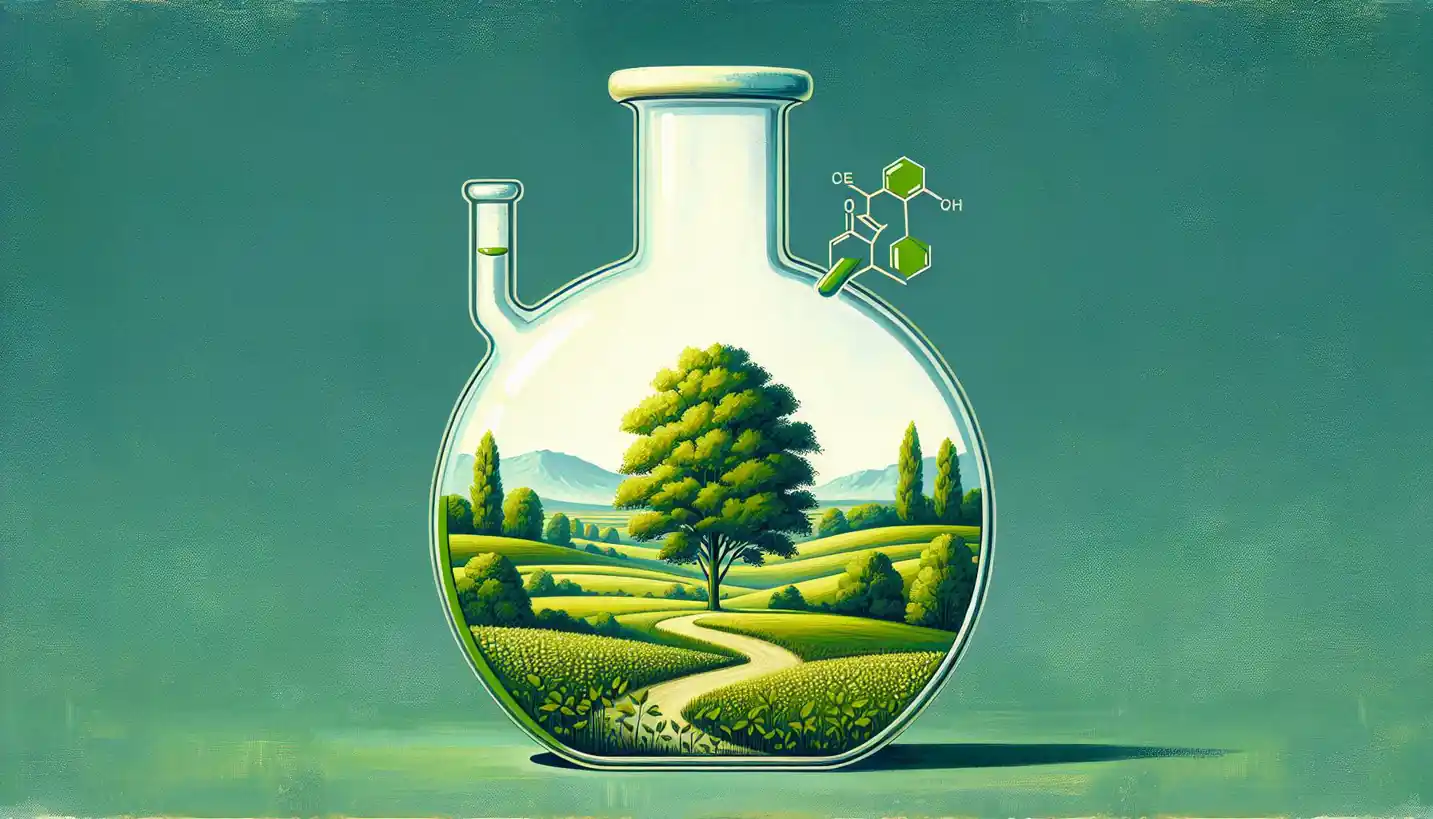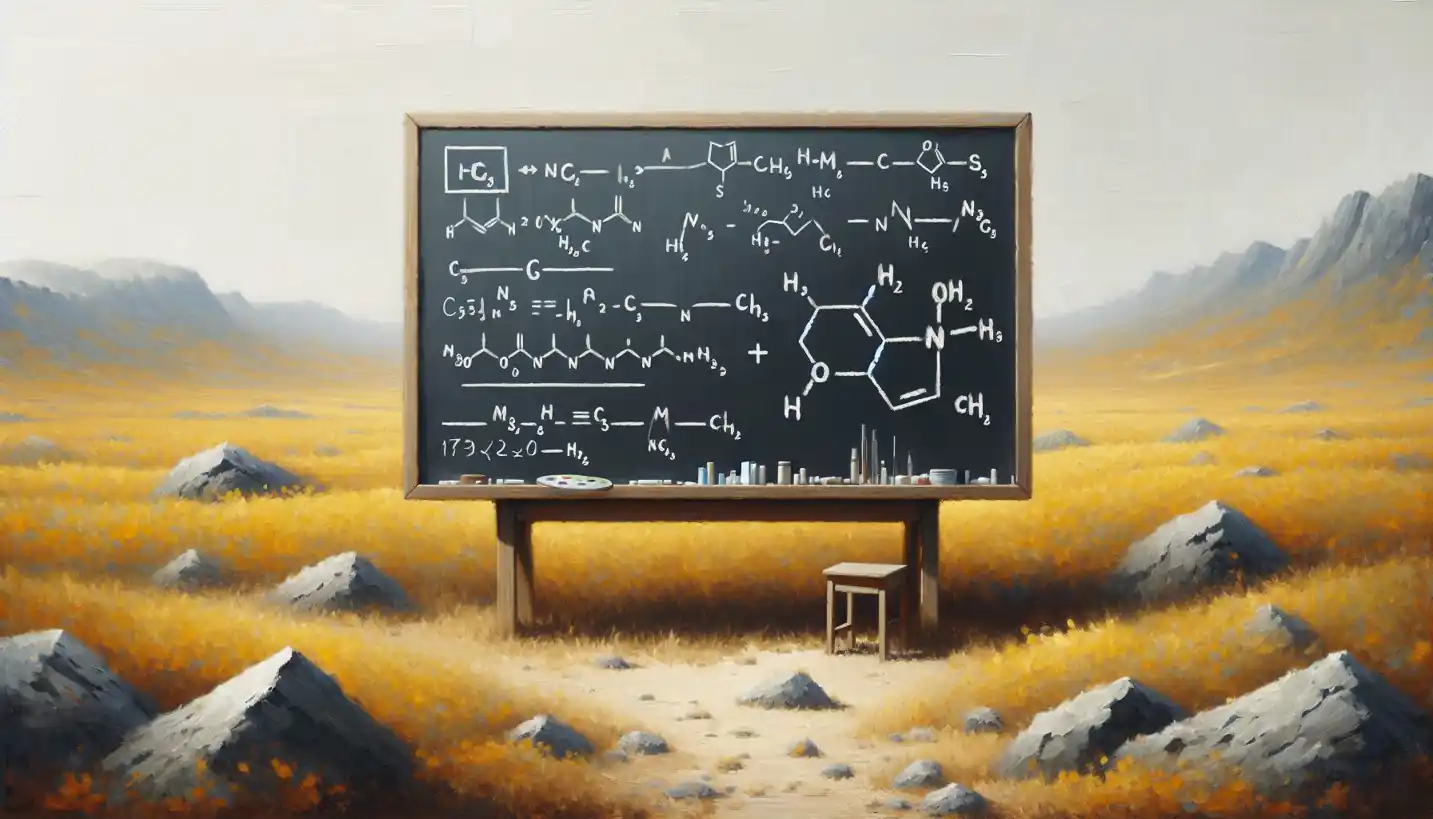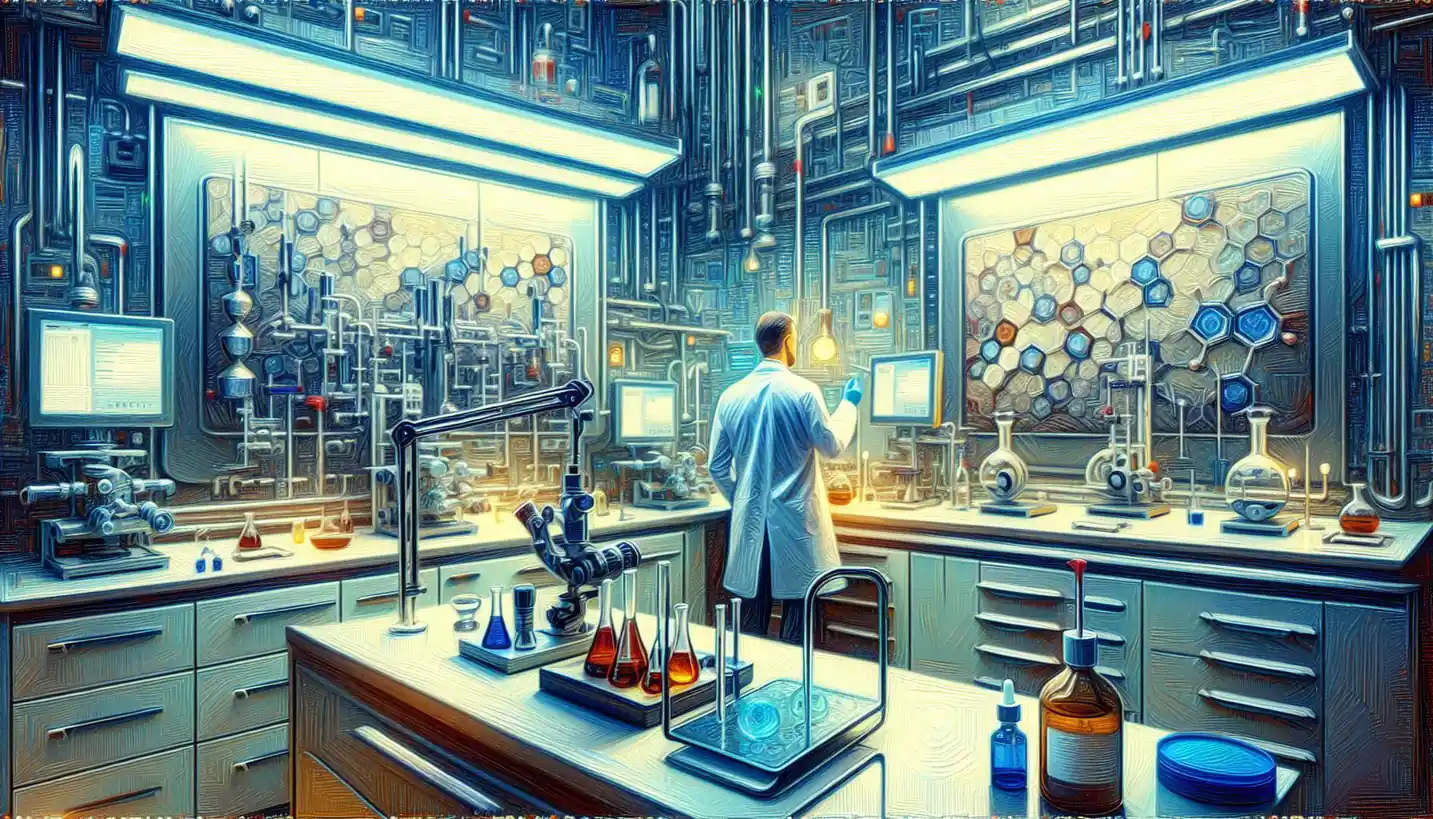· Chemistry · 4 min read
Catalyst: The Unsung Heroes of Industrial Chemistry
Catalysts speed up chemical reactions, enabling processes that would otherwise be commercially unfeasible. Uncover the small but mighty forces driving industrial transformations.

Everyday, whenever we use a car or switch on a light, we’re relying on something small but mighty: catalysts. These chemical helpers make things happen more efficiently, especially in industrial settings.
What is a Catalyst?
Imagine you’re baking a cake. A catalyst is like a secret ingredient that helps everything come together faster, without becoming part of the cake itself. In chemistry, a catalyst speeds up reactions without being consumed in the process. This magic ingredient lowers the energy needed for a reaction to happen, making it quicker and often less costly.
The Role of Catalysts in Industrial Chemistry
In the world of industrial chemistry, catalysts are game-changers. They make the production of many essential products, like fuels, plastics, and even some medicines, more feasible and efficient. Without catalysts, many reactions would be too slow or require too much energy.
Real-Life Examples
Think about how iron is used in the production of ammonia through the Haber process. This reaction is crucial for creating fertilizers, feeding billions. Here, iron acts as a catalyst, helping combine nitrogen and hydrogen under high pressure to produce ammonia. Without it, this process would be sluggish and inefficient, slowing down food production.
How Do Catalysts Work?
Catalysts work like matchmakers, bringing reactants together in a way that helps them interact more easily. By providing an alternative reaction pathway with lower activation energy, they make it easier for molecules to bond or break apart.
Imagine you and a friend are trying to climb a high wall. Instead of struggling, a catalyst provides a ladder, making the climb quicker and easier.
Types of Catalysts
Catalysts come in various forms. They can be solids, liquids, or gases. Here are three main types often used in industries:
Heterogeneous Catalysts: These don’t mix with the reactants. Think of them like a grill where juices drip down and add flavor without becoming part of the food.
Homogeneous Catalysts: These do mix with the reactants, working in harmony like ingredients in a salad dressing.
Biocatalysts or Enzymes: Nature’s own finely tuned catalysts, perfect for delicate processes like producing pharmaceuticals.
Catalysts in Environmental Protection
Catalysts are not just vital for production but also for protection. In cars, catalytic converters use platinum and palladium to transform harmful gases like carbon monoxide into harmless substances. This keeps the air cleaner, making our cities more livable.
The Future of Catalysts
Catalysts are essential for developing sustainable technologies. Scientists are researching new ways to improve their efficiency and environmental impact. Imagine catalysts that can enable energy storage in batteries or turn sunlight into fuel, pushing the boundaries of what’s possible.
Why Are Catalysts Important?
In the fast-paced world of manufacturing, time is money. Catalysts make processes quicker and cheaper, which is crucial for keeping industries profitable. They’re the unsung heroes behind the goods we often take for granted, quietly driving countless reactions that shape our modern lives.
Challenges and Innovations
Despite their benefits, catalysts also present challenges. They can be expensive, and the process of finding the perfect catalyst for a reaction is often trial and error. Innovations in nanotechnology and materials science are paving the way for more effective and affordable catalysts.
Catalysts and Green Chemistry
Green chemistry aims to reduce waste and use eco-friendly materials. Catalysts play a key role by making chemical processes cleaner and more efficient. Imagine a future where every industry operates sustainably, significantly reducing its carbon footprint.
Conclusion
Catalysts are the hidden forces powering our world. From creating life-saving medicines to making the food on our tables, their impact is immense. As we seek sustainable solutions for the future, catalysts will continue to be at the forefront, quietly orchestrating the reactions that make progress possible.
Their role in industrial chemistry is crucial, ensuring efficient production, environmental protection, and innovations for a sustainable future. Despite their invisible presence in reactions, the outcomes they produce are all around us, making them worthy of recognition and research.


